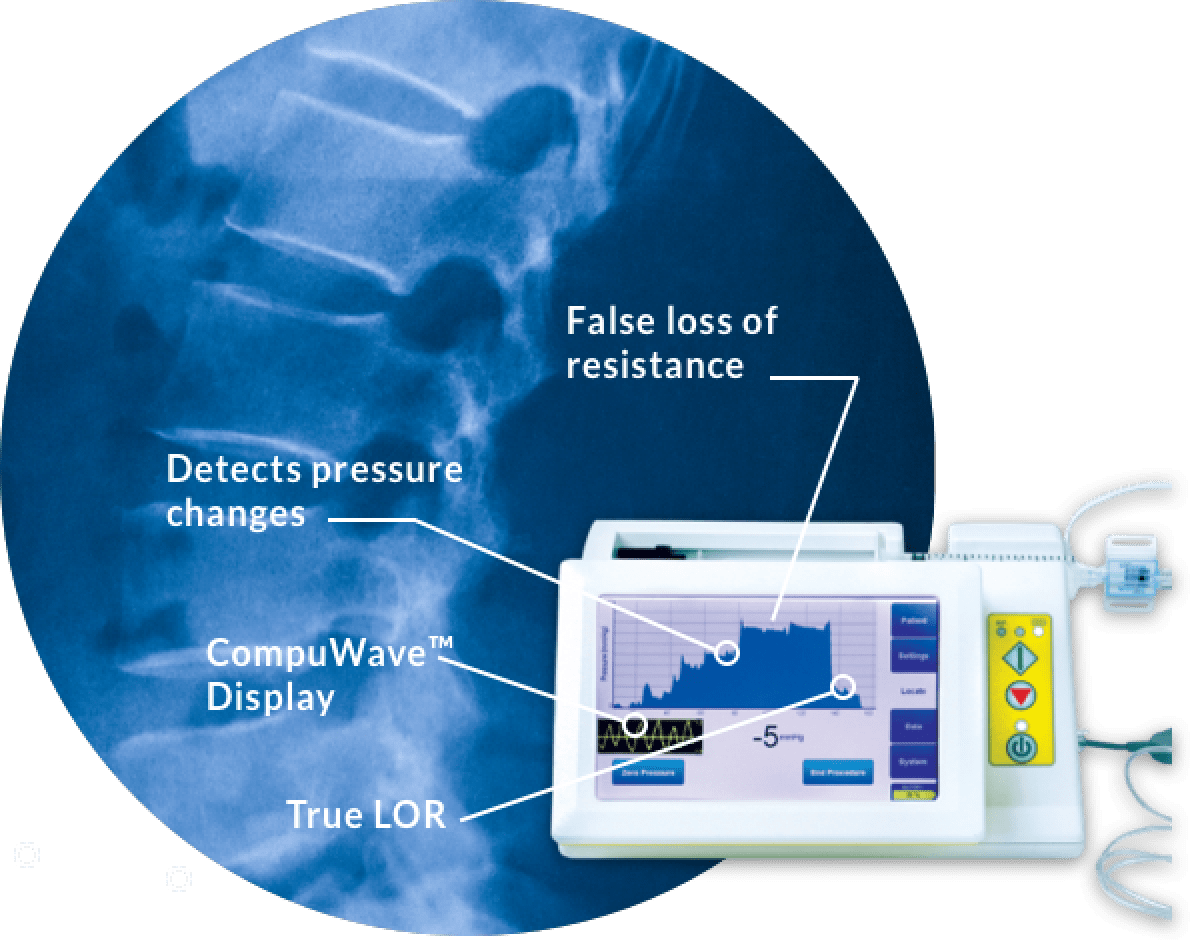Reduce the Risk
for Hospitals,
Patients and Doctors
In a recent survey among anesthesiologists from across the country, the survey focused on concerns regarding the optimal epidural placement and perceived threats. The survey concluded that time and risk were the top two concerns for anesthesiologists.




